Home » Sparta Loyalty Platform » Loyalty Management » Net Promoter Score
What does NPS have to offer?
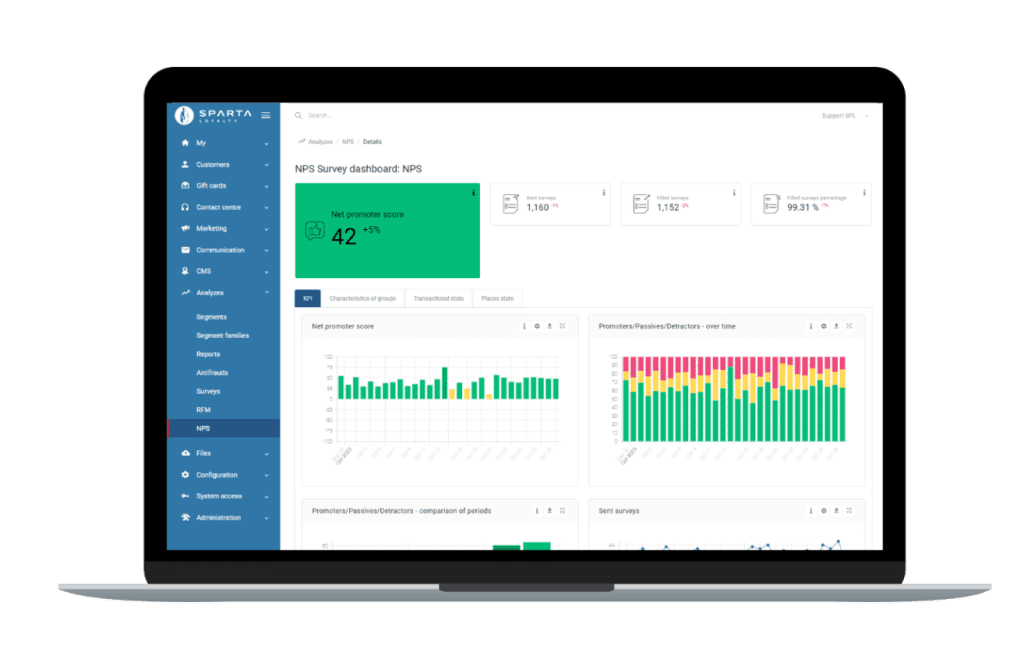
Why bother with NPS?
Net Promoter Score (NPS) is a beautifully simple yet extremely powerful tool to assess loyalty and advocacy, critical for sustained success. NPS serves as a valuable benchmark, facilitating performance comparisons over time. With a customer-centric focus, it prioritizes the customer perspective, moving beyond revenue-driven approaches. The open-ended follow-up question, “What can we do to improve?” provides actionable feedback, guiding your journey to enhance your products and services.
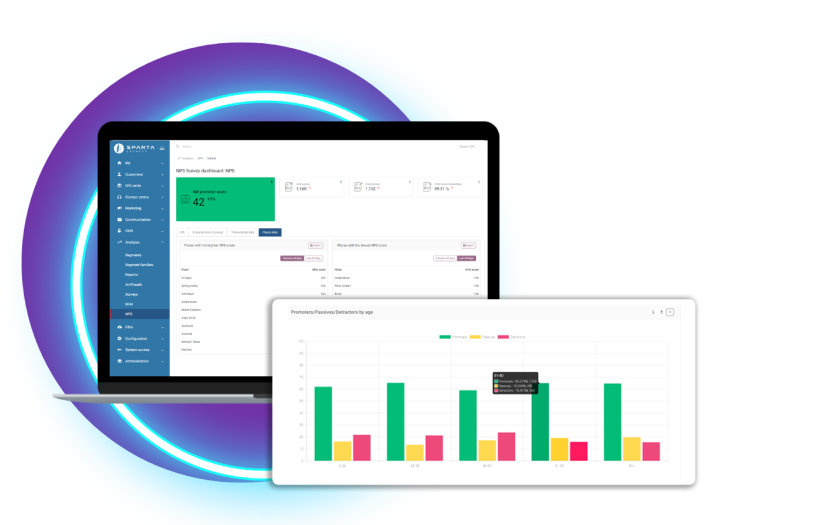
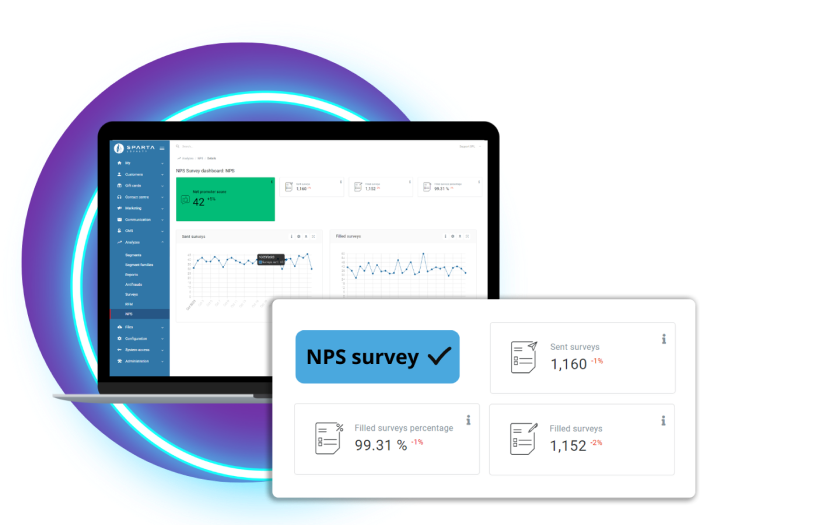
Survey creation and tailoring
Create and customize NPS surveys effortlessly with our tool. By selecting the “NPS Survey” option, you can personalize your survey with your own query and, if needed, an open-ended follow-up question. Each NPS survey is thoughtfully structured to include a single set of questions, ensuring a streamlined presentation and impactful results.

Survey distribution
Once your NPS survey is prepared, it’s time to distribute it. With a user-friendly email creator and editor, you can effortlessly incorporate the survey into your email template using a simple drag-and-drop function. You have various distribution options, including automated transactional sending for immediate or delayed surveys, mass survey sending to your customer base or segmented groups, and scheduled survey sending with flexible frequency settings, such as weekly or monthly.
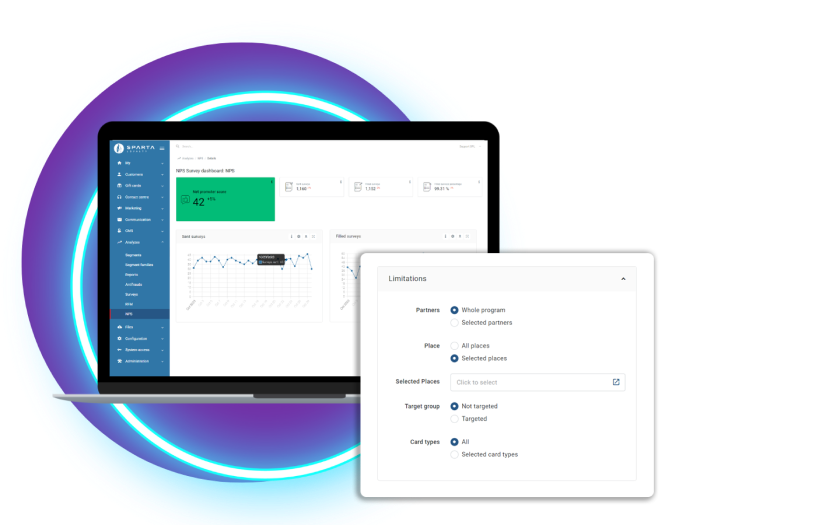
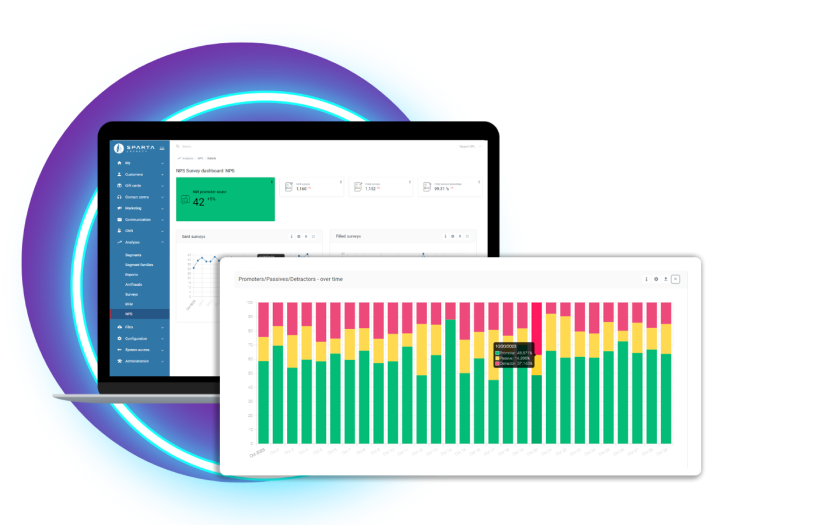
NPS analytics
Monitor your customers’ responses with the NPS dashboard. This dashboard provides access to various KPIs, prominently featuring NPS. To ensure a comprehensive view of trends, these KPIs are visually presented in time-based charts, covering critical metrics such as the actual NPS score, surveys sent, surveys completed, NPS distribution over time, and the breakdown of promoters, neutrals, and critics, among other significant data points.

Recommendation Engine
Enhance customer engagement by tailoring product recommendations to their preferences and shopping history. The system can recommend trending products, personalize top choices for each customer, and offer rule-based suggestions, such as proposing product X when a customer purchases product Y. It can also identify products often bought together over multiple transactions.




